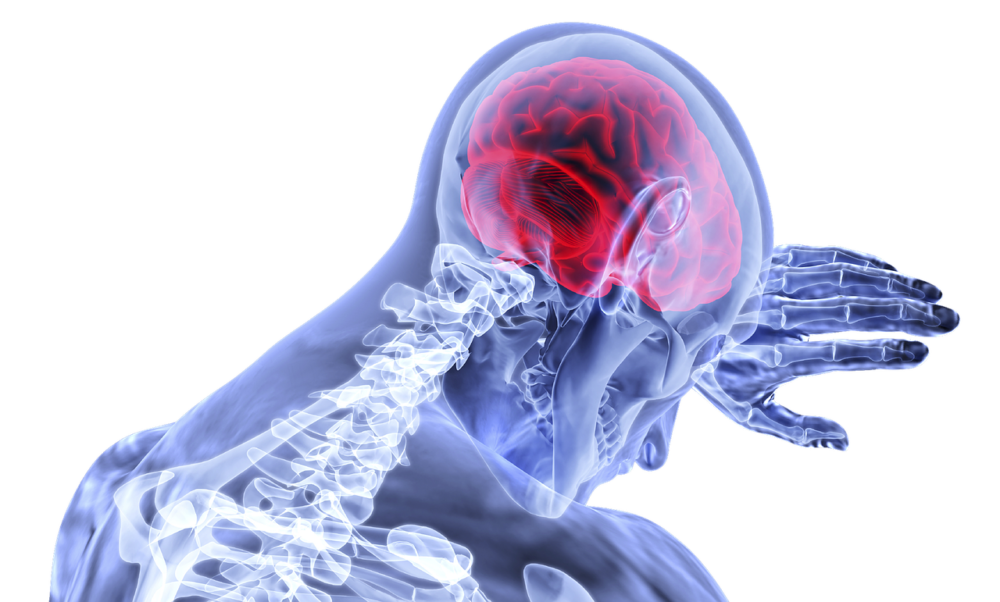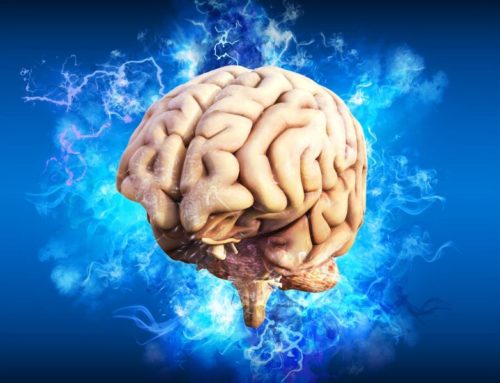The stress response begins in the brain. When an individual confronts a perceived threat of danger, the sensory organs (eyes, ears, etc.), send this information to both the amygdala, an area of the brain that contributes to emotional processing, and the hypothalamus. While the amygdala acts to interpret the images and sounds, the hypothalamus communicates with the body through the autonomic nervous system (ANS) to ready the body for a “fight or flight” response.
The ANS has two components, the sympathetic nervous system (SNS) and the parasympathetic nervous system (PNS). Together these divisions of the ANS maintain constant conditions, or homeostasis, within the body. The SNS functions like a gas pedal in a car by triggering the fight-or-flight response, providing the body with energy so that it can respond to perceived dangers quickly. This response comes into play to allow an individual to attack, defend, or flee from a threat. The sympathetic response adapts the body for physical activity by increasing alertness, heart rate, blood pressure, and blood glucose concentration. While increasing blood flow to cardiac and skeletal muscle, blood flow is also reduced to the skin and digestive tract.
When a disturbance is detected, the SNS is activated by the hypothalamus through signals from the adrenal glands. These glands respond by pumping the hormone epinephrine, or adrenaline, into the bloodstream. As epinephrine circulates through the body, it brings on a number of physiological changes including increased heart rate and increased blood flow to the muscles, heart and other vital organs. Meanwhile, epinephrine triggers the release of blood sugar (glucose) and fat. These nutrients flood into the bloodstream, supplying energy to all parts of the body.
As the initial surge of epinephrine subsides, the hypothalamus activates the second component of the stress response system, or the hypothalamic–pituitary–adrenal (HPA) axis. This network consists of the hypothalamus, the pituitary gland, and the adrenal glands. The HPA axis relies on a series of hormonal signals to keep the sympathetic nervous system, or the “gas pedal”, pressed down. If the brain continues to perceive something as dangerous, the hypothalamus releases corticotropin-releasing hormone (CRH), which travels to the pituitary gland, triggering the release of adrenocorticotropic hormone (ACTH). This hormone travels to the adrenal glands, prompting them to release cortisol. The body thus stays revved up and on high alert. When the threat passes, cortisol levels fall.
The parasympathetic nervous system or the “brake” then dampens the stress response. It promotes the “rest and digest” response that calms the body down after the danger has passed. The PNS is complementary to that of the SNS. The activities promoted by the PNS act to conserve energy as they slow heart rate, increase intestinal and gland activity, etc. In acting together, the PNS and SNS systems help the body return to homeostasis.
While these systems have evolved to protect organisms from danger, dysregulation in these systems can cause many different disorders or conditions. Those that live under constant stress or have had early stress in developing years may have a dysregulated SNS. For many who live under constant chronic stress their SNS remains in an over stimulated state. Many people suffer from a dominant SNS of varying degrees ranging from low grade seemingly imperceptible to severe obvious cases. For many this low grade overstimulated state has become such a familiar state of being to them it has become “normal” or imperceptible. For others the symptoms have become more severe and relief is usually sort.
Developmental trauma, including severe early stress, produces a cascade of events that have the potential to alter brain development. If an individual is born into or lives in unsafe environment, it is crucial for his or her survival to maintain a strict state of vigilance in an effort to be able to detect and respond to danger. Exposure to this intense of persistent stress during childhood can alter the way the brain develops and functions. Because it occurs during a time when the brain is undergoing enormous change, the impact of severe stress may leave an indelible imprint on the structure and function of the brain.
There are several ways the brain is altered in response to this early life stress. These alterations, in turn, provide the neurobiological framework through which early abuse increases the risk of developing post-traumatic stress disorder (PTSD), depression, symptoms of attention-deficit/hyperactivity, borderline personality disorder, dissociative identity disorder, and substance abuse. Research shows that childhood abuse is linked with excess neuronal irritability, EEG abnormalities, and symptoms suggestive of temporal lobe epilepsy. It is also associated with diminished development of the left hemisphere and diminished right-left hemisphere integration.
This article has been written by Leila Ostad, MS, LCSW
If you are having difficulty getting over a breakup, we are a group of skilled therapists specializing in relationship and divorce counseling. Since Covid started we have been working with couples providing Online Couples Counseling in New York, New York City, Scarsdale, East Hampton, Buffalo, Albany, New Jersey, Hoboken, Jersey City, Princeton, Chatham, Morris, Westfield, Union, Bergen County, Millburn, Montgomery, Somerset, Colts Neck, Tenafly, Alpine, Ridgewood, Englewood, Englewood Cliffs, Franklin Lakes, Hillsdale, Glen Rock, Montvale, Mahwah, Paramus, Park Ridge, Ramapo, Westwood, Glen Ridge, Rumson, Red Bank, Wayne, Little Falls, Hillsborough, Watchung, Summit, Springfield, Livingston, Montclair, Maplewood, Morristown, Berkeley Heights, Warren, Basking Ridge and Millstone. Schedule a complimentary consultation by clicking HERE.


